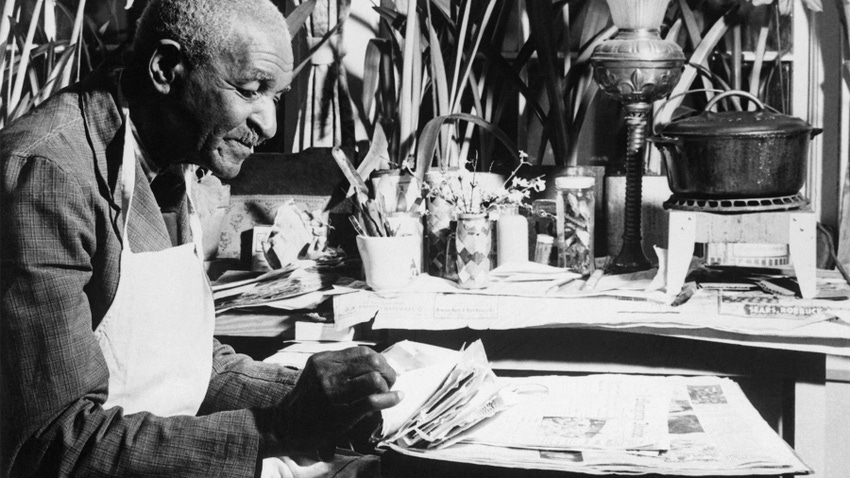January 26, 2024

Every day, the employees of the Missouri Department of Agriculture report to the George Washington Carver Building, and I find it appropriate that our team is housed in a building named in honor of a giant in the world of American agriculture.
Carver, born on a Missouri farm in 1865, left a legacy for agriculture matched by few others.
As a child, Carver had an impeccable thirst for knowledge and a particular interest in plants. He attended a one-room schoolhouse in southwest Missouri, then high school in Kansas.
Carver was then accepted as the first Black student to Simpson College in Indianola, Iowa. With aspirations of having a career in science, Carver transferred to the Iowa Agricultural College (now known as Iowa State University).
After earning both bachelor’s and master’s degrees in agriculture, Carver became the first Black faculty member of Iowa College. In 1896, Booker T. Washington invited him to lead the Agriculture Department at the Tuskegee Normal and Industrial Institute (later known as Tuskegee University), where he remained for 47 years.
It was at Tuskegee in Alabama where Carver made remarkable advances in agriculture. He established an agriculture Extension and founded a research lab to work on the development of new plants.
Base of Missouri peanut production
Carver wanted to help farmers expand their crops beyond cotton toward more soil-enhancing, protein-rich crops such as soybeans and peanuts. He discovered more than 300 uses for peanuts and hundreds more for sweet potatoes, soybeans and pecans.
Over the past several years, Missouri Bootheel farmers have increased the number of acres planted in peanuts.
In 2023, Missouri Department of Agriculture staff members inspected 23,000 tons of peanuts raised in the region. Our state might not push Georgia and Alabama as the nation’s top producers, but that volume does bring Missouri into the top 10.
I think Carver would be proud of the peanut production in his home state. He would be proud, as I am, of the quality and consistency of crops raised here.
Reaching the next generation
Today, the George Washington Carver National Monument in Diamond, Mo., preserves his birthplace and legacy. Authorized by Congress in 1943, it was the first national monument dedicated to a Black American, and the first to honor someone other than a president.
Our Ag Business Development Division took a recent Missouri Agribusiness Academy class for a tour of the facility. In a nod to Carver’s research, a park ranger led the students as they made peanut milk. I encourage you to visit the national monument with your own children or students, but if you cannot, consider the Jesup Wagon.
In 1906, Carver designed the Jesup Wagon as a demonstration lab on wheels, which he referred to as his most significant contribution toward educating farmers.
For those of you who teach or lead 4-H or FFA groups, the George Washington Carver traveling trunk is available for loan. Just as the Jesup Wagon was an outreach to rural families unable to travel to school, the trunk — filled with educational activities — reaches out to children who are not able to visit the park.
On the wall in the front lobby of the Missouri Department of Agriculture is a plaque dedicated to Carver’s life. It reads, “A proud son of Missouri, a true humanitarian, a trailblazer in agricultural science, technology and philanthropy. A role model for persistence, determination, imagination and inspiration in all aspects of our lives.”
It is a pleasure to work in a building named for such an icon, one whose agriculture legacy lives on to this day.
Chinn is the director of the Missouri Department of Agriculture and lives on a diversified farming operation in northeast Missouri.
About the Author(s)
You May Also Like




